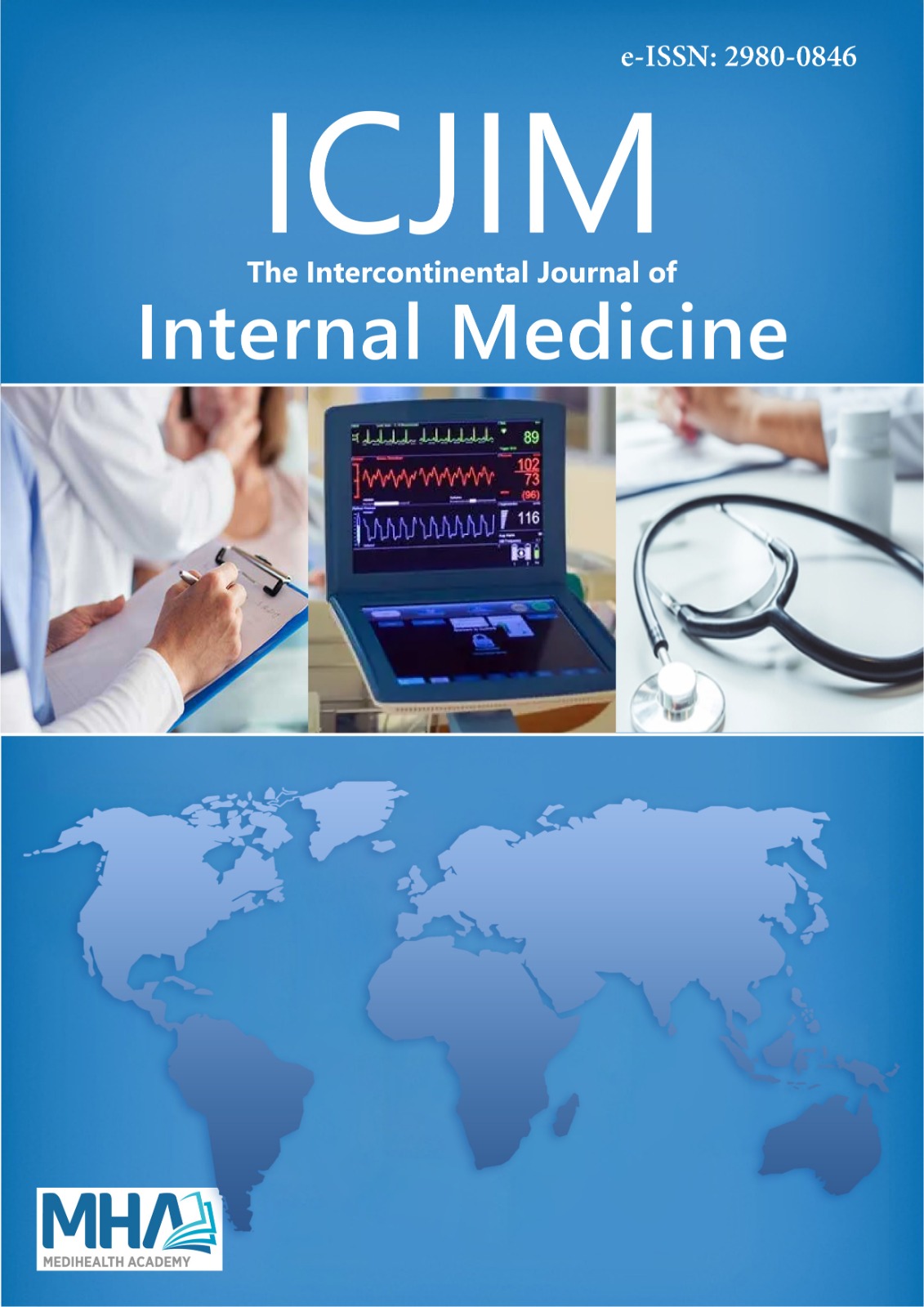1. World Health Organization. Obesity: preventing and managing theglobal epidemic. 2000: World Health Organization.
2. Serter R. Obezite Atlası. Ankara, Karakter Color Basımevi, 2004.
3. Kılıç T. Obezite ile iliskili oksidatif stresin altında yatan mekanizmalar:leptin ve adiponektinin rolü/Mechanisms underlying obesity associatedoxidative stress: the role of leptin and adiponectin. Anadolu KardiyolojiDergisi: AKD. 2010;10(5):397.
4. Mercan U. Toksikolojide serbest radikallerin önemi. Yüzüncü YılÜniversitesi Veteriner Fakültesi Dergisi. 2004;15(1):91-96.
5. Sezer K, Keskin M. Serbest oksijen radikallerinin hastalıklarınpatogenezisindeki rolü. FÜ Sağ Bil Vet Derg. 2014;28(1):49-56.
6. Cremers CM, Jakob U. Oxidant sensing by reversible disulfid bondformation. J Biol Chem. 2013:jbc. R113.462929.
7. Jones DP, Liang Y. Measuring the poise of thiol/disulfide couples invivo. Free Radical Biol Med. 2009;47(10):1329-1338.
8. Biswas S, Chida AS, Rahman I. Redox modifications of protein-thiols:emerging roles in cell signaling. Biochem Pharmacol. 2006;71(5):551-564.
9. Erel O, Neselioglu S. A novel and automated assay for thiol/disulphidehomeostasis. Clin Biochem. 2014;47(18):326-332.
10. Salmi JA. Body composition assessment with segmental multifrequencybioimpedance method. J Sports Sci Med. 2003;2(a00101s1):1-29.
11. Elmas B, Karacan M, Dervişoğlu P, Kösecik M, İşgüve ŞP, Bal C.Dynamic thiol/disulphide homeostasis as a novel indicator of oxidativestress in obese children and its relationship with inflammatory-cardiovascular markers. Anatolian J Cardiol. 2017;18(5):361.
12. Du N, Peng H, Chao X, Zhang Q, Tian H, Li H. Interaction of obesityand central obesity on elevated urinary albumin-to-creatinine ratio.PloS One. 2014;9(6):e98926.
13. Jankovic A, Korac A, Srdic-Galic B, et al. Differences in theredox status of human visceral and subcutaneous adipose tissues-relationships to obesity and metabolic risk. Metabolism. 2014; 63(5):661-671.
14. Brown LA, Kerr CJ, Whiting P, et al. Oxidant stress in healthy normal-weight, overweight, and obese individuals. Obesity. 2009;17(3):460-466.
15. Wong S, Kirkland JL, Schwanz KA, et al. Effects of thiol antioxidantß-mercaptoethanol on diet induced obese mice. Life Sci. 2014;107(1-2):32-41.
16. Şimşek Ö, Çarlıoğlu A, Alışık M, Edem E, Koca Biçer C. Thiol/disulfidebalance in patients with familial hypercholesterolemia. Cardiol ResPract. 2018. 2018.
17. Özler S, Oztas E, Erel O, et al. Impact of gestational diabetesmellitus and maternal obesity on cord blood dynamic thiol/disulfidehomeostasis. Fetal Pediatr Pathol. 2017;36(1):8-15.
18. De Koning L, Merchant AT, Pogue J, Anand SS. Waist circumferenceand waist-to-hip ratio as predictors of cardiovascular events: meta-regression analysis of prospective studies. Eur Heart J. 2007;28(7):850-856.
19. Mozumdar A, Liguori G. Persistent increase of prevalence of metabolicsyndrome among US adults: NHANES III to NHANES 1999-2006.Diabetes Care. 2011;34(1):216-219

